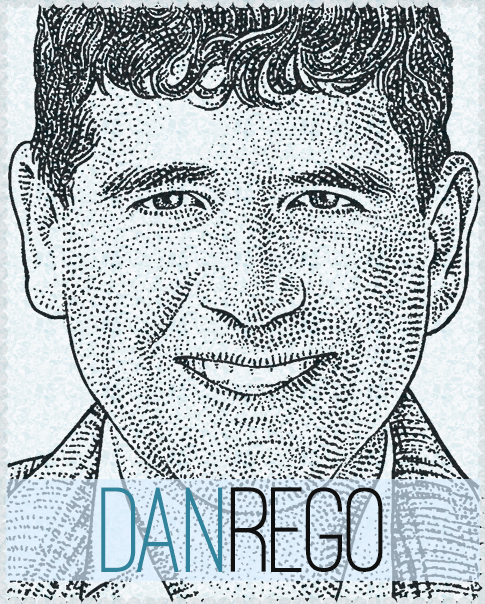01 Jul Never Stop Thinking
In a nutshell (TL;DR)
In 1945, as World War II ended and a new atomic era loomed, scientist Vannevar Bush shifted his focus from wartime technologies like radar and the bomb to amplifying human intellect. On July 1945 he published “As We May Think” in The Atlantic, proposing the “Memex,” a desk‑sized device that would let users store, link and retrieve information through associative “trails”—a conceptual blueprint for personal computers and the hyperlinked internet. Bush warned that accelerating specialization and data deluge demanded thoughtful tools and ethical reflection. His vision inaugurated modern human‑computer interaction and still challenges technologists to extend minds responsibly while anticipating unintended consequences.
|
|
Never Stop Thinking By Daniel G. Rego July 1, 2010 | Washington, DC |

The year of 1945 marked the end of the bloodiest conflict of mankind. As humanity recovered from the previous dark years, and feared a new atomic age and the prospects of a bipolar world, for Vannevar Bush, a leading figure in the scientific community in the 20th century, this all meant the beginning of an exciting era.
During the war, Bush was in charge of America’s National Defense Research Committee (NDRC), which researched and developed some of the most important warfare technologies of the time, such as the radar, sonar and the atomic bomb.
At that time, Bush and his team were primarily focused on mastering our material environment, on extending our physical powers in order to win the war.
With the ending of the war, though, Bush looked further. Now, he was interested in not only thinking on how to extend our physical powers, but how to extend the power of our mind.
Today is the 65th anniversary of when Bush published the piece “As We May Think”, on the Atlantic Magazine, which is now revered as his magnum opus. This highly prescient article predicted and inspired generations to come with the future possibilities of organizing human knowledge.

Preoccupied with the incessant specialization and complexity of human knowledge, the overload of information, and the laborious process exerted during and after mental creativity, he envisioned the “Memex”, a machine capable of storing, organizing, searching, and making available human information.
The idea of Memex would be the base of the personal computer. Its information structure, which he envisioned consisting of hyperlinks and metadata, would later become the base of the internet.
Over 65 years ago, Bush opened the discussion between the challenges and possibilities involving human-computer interaction, essentially envisioning an extension of our minds beyond our physical body.
Just as many scientists under Bush were later horrified on the atomic monster that they have unleashed, technologists must not stop thinking critically about the unintended consequences of the informational technologies that they create. They also must look at today’s things with the eyes on the future. To think beyond human physical and mental limitations, to extrapolate the boundaries of technology to pursue the limitless potential of responsibly connecting humans and computers seamlessly. – Dan Rego
Keywords
Vannevar Bush, As We May Think, Memex, National Defense Research Committee, post‑World War II, human‑computer interaction, information overload, knowledge organization, hyperlinks, metadata, personal computer origins, internet foundations, scientific foresight, technological ethics, atomic age, mind augmentation, responsible innovation, radar and sonar development, wartime research, future of computing



